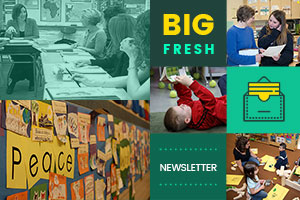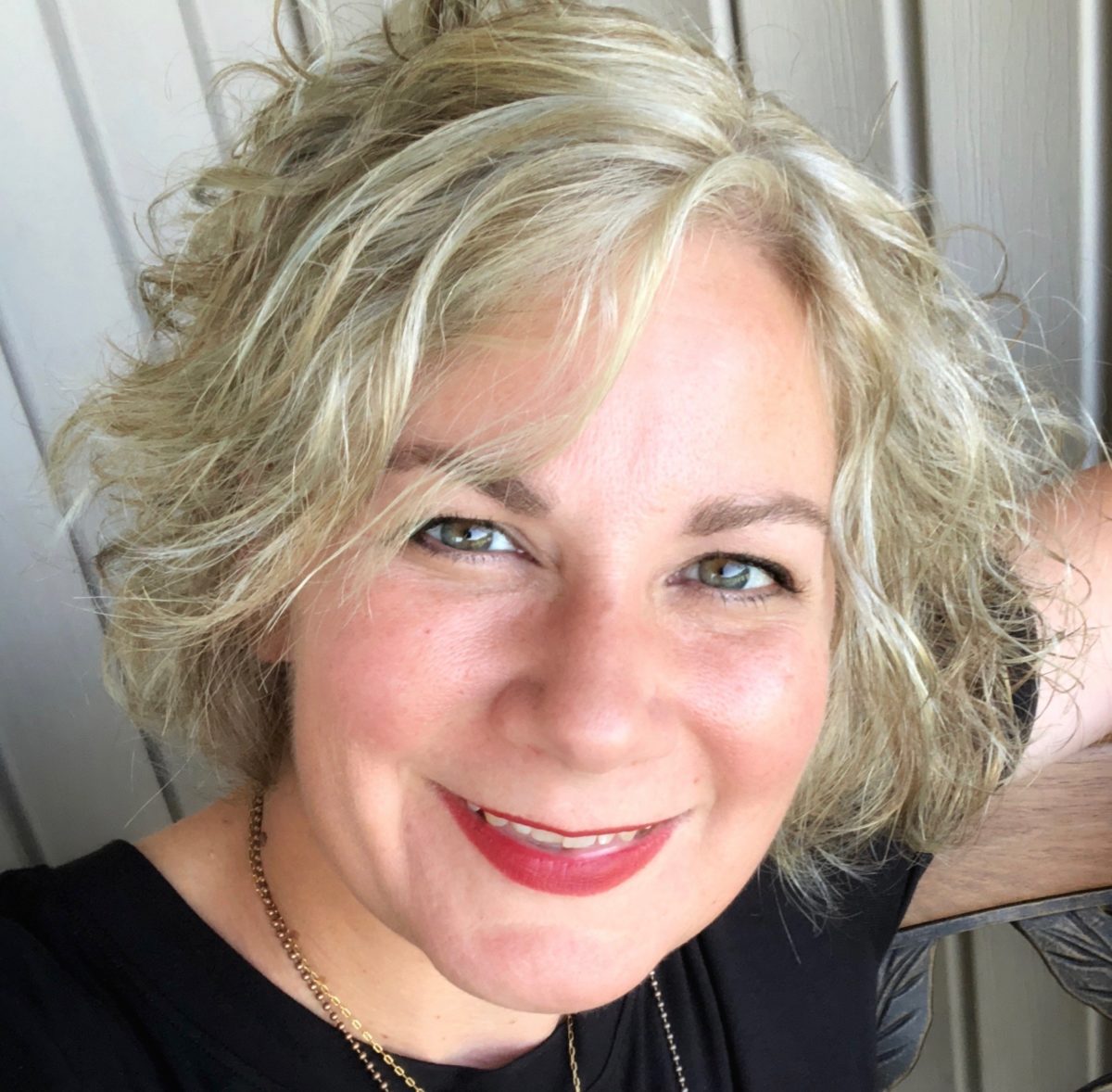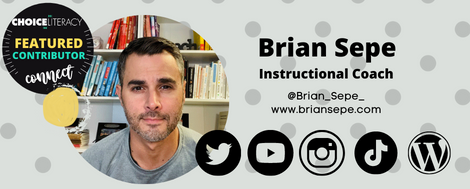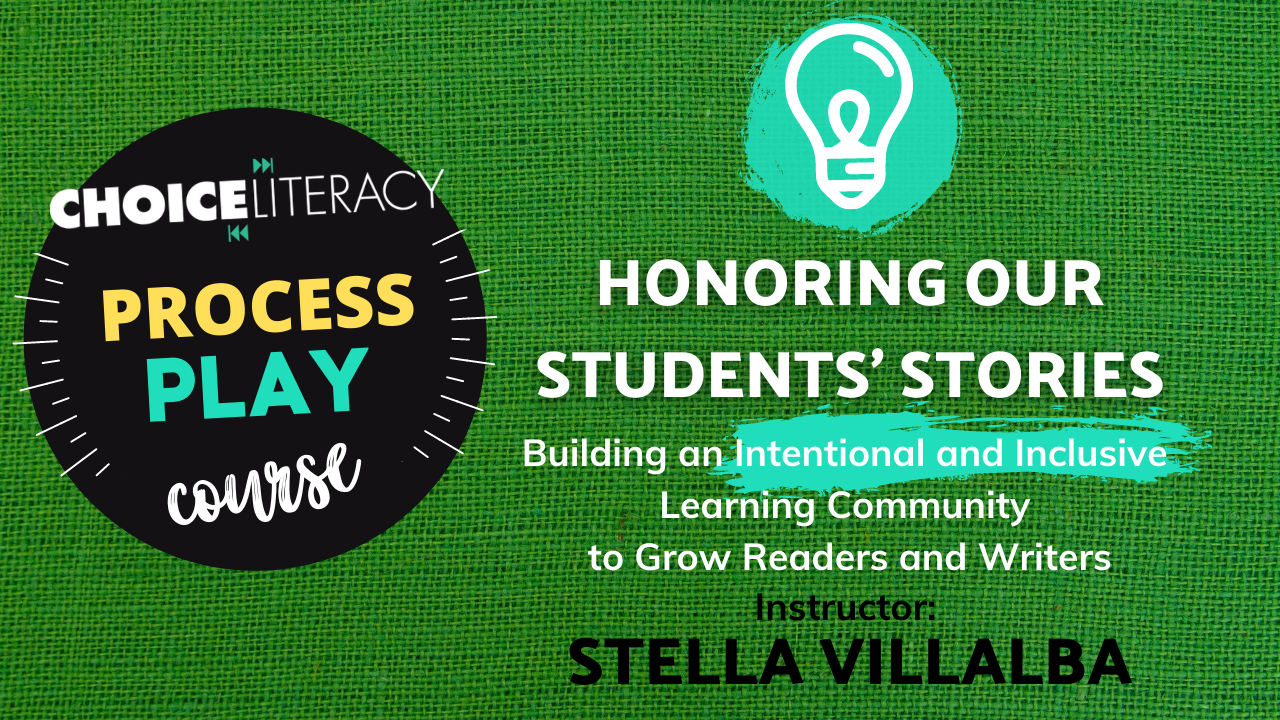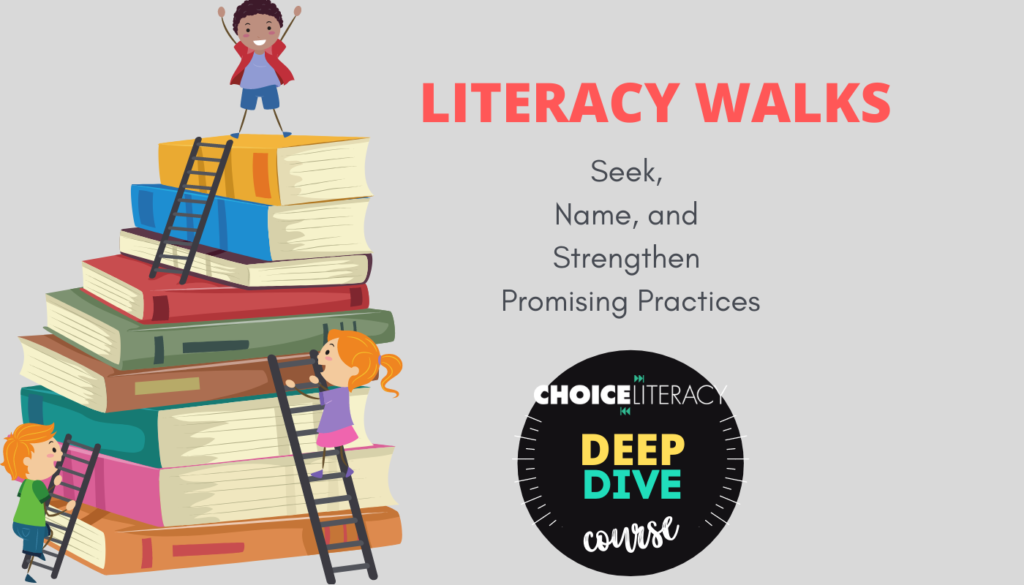Listening is about being present, not just being quiet.
—Krista Tippett
Linger in the Listening
Sam, my nearly 16-year-old son, selected a word to live by this year: listen. I was intrigued by his choice and asked him about it.
“There’s a difference between hearing and listening,” he said. His tone was matter-of-fact, and he didn’t think he needed to say more. Maybe he didn’t, but I wanted to hear more.
When I said this, Sam chuckled. Wordplay is never lost on him. “It’s not what you hear, Mom, but about whether you take the time to listen. Listening is more than hearing.”
Of course he’s right. I’m wondering how my son is suddenly so grown up, yet our next conversation is about putting his dirty dishes in the dishwasher, so maybe he’s not as grown up as his listening comment suggests.
Perhaps I wish he would listen about putting the dirty dishes in the dishwasher rather than just pretending not to hear me.
It’s a nuance, the difference between hearing and listening. The more I’ve thought about Sam’s assertion, the more I’ve decided that listening is about lingering. When we linger, we learn. May we discern the difference between hearing and listening, and linger in the listening.
This week we look at the importance of being present—plus more, as always.
Shine on!
Ruth Ayres
Editor in Chief, Choice Literacy
Ruth Ayres is the editor in chief of the Choice Literacy site and the director of professional learning for The Lead Learners Consortium in northern Indiana. Ruth previously worked as a middle and high school language arts and science teacher and a K-12 instructional coach. She is the author of Enticing Hard-to-Reach Writers (Stenhouse, 2017) and other books for teachers of writers. When not writing professionally, Ruth collects stories of adoption, faith, and whimsy. You can follow her at Ruth Ayres Writes or @ruth_ayres on Twitter or Instagram.
Featured Contributor
Brian Sepe is an instructional literacy coach in Buffalo, New York. He is also a consultant and instructional coach with the Western New York Teaching Residency Program. Brian’s experience is steeped in the Teachers College Reading and Writing Project and in K-8 classrooms. He is also trained through the Instructional Coaching Group with Jim Knight. You can find Brian at briansepe.com and through social media @Brian_Sepe_ .

Join the Choice Literacy Book Club! This month we are reading Outside, Inside by LeUyen Pham. Sign up now so you are in the know about #ChoiceLiteracyBookClub.
Brian Sepe develops a simple reflection checklist to plan next steps, calm his mind, and transition from school to home. (This article was first published in the Leaders Lounge in 2017.)
Bitsy Parks discovers that the best way to relaunch literacy workshops in January after holiday break is to have her first graders reflect on and celebrate what they learned in the fall with personal anchor charts. (This article was first published in 2017.)
NEW COURSE! Don’t miss Stella Villalba‘s new course Honoring Our Students’ Stories: Building an Intentional and Inclusive Learning Community to Grow Readers and Writers. This course is free to Literacy Leader members and available to purchase.
Stella Villalba teaches us how to discover, honor, and share student stories to create an inclusive learning community. With special attention to English learners, Stella walks educators through a process to intentionally honor the past and present of students to position all students to grow as readers and writers.

New members-only content is added each week to the Choice Literacy website. If you’re not yet a member, click here to explore membership options.
Christy Rush-Levine reminds us that it requires presence to sit alongside young readers and writers. In two examples, we find resilience for meeting students at their points of need and then teaching them as readers and writers.
Stella Villalba uses photos in the classroom as a powerful tool for critical thinking and reflection. Photos allow students to process complex learning as it happens.
In this week’s video, Christy Rush-Levine pairs Brenna Thummler’s books Sheets and Delicates in this book talk for her sixth-grade class.
In this encore video, Sean Moore leads his second graders in a quick pair-share to help everyone reflect on what they learned during independent reading.
Finding books they want to read is at the heart of students becoming powerful, independent readers. The course Book Talks to Empower Independent Reading chronicles the way book talks put books into students’ hands that have them begging for more independent reading time.

New members-only content is added each week to the Choice Literacy website. If you’re not yet a member, click here to explore membership options.
In a course, Matt Renwick guides instructional leaders to implement and strengthen instructional literacy walks. Through literacy walks, leaders seek out promising practices, note and name them during formative visits, and lead coaching conversations with teachers. The outcome is not only school improvement, especially in literacy, but also a community of learners who engage in continuous improvement as a natural stance. Free to Literacy Leader members.
Heather Fisher leads us in realizing the power of wall displays, and offers a reflection guide so all school leaders can make their walls talk in positive ways.
In a Coaching Minute, instructional coach Holly Wenning attests to the importance of instructional coaches knowing and supporting a principal’s vision.
In this encore video, instructional coach Brian Sepe offers three reminders for facilitating a coaching conversation. Staying focused on action, clarity, and energy ensures that the conversation will be fruitful.
Quote It:
Most people do not listen with the intent to understand; they listen with the intent to reply.
—Stephen R. Covey
That’s all for this week!

